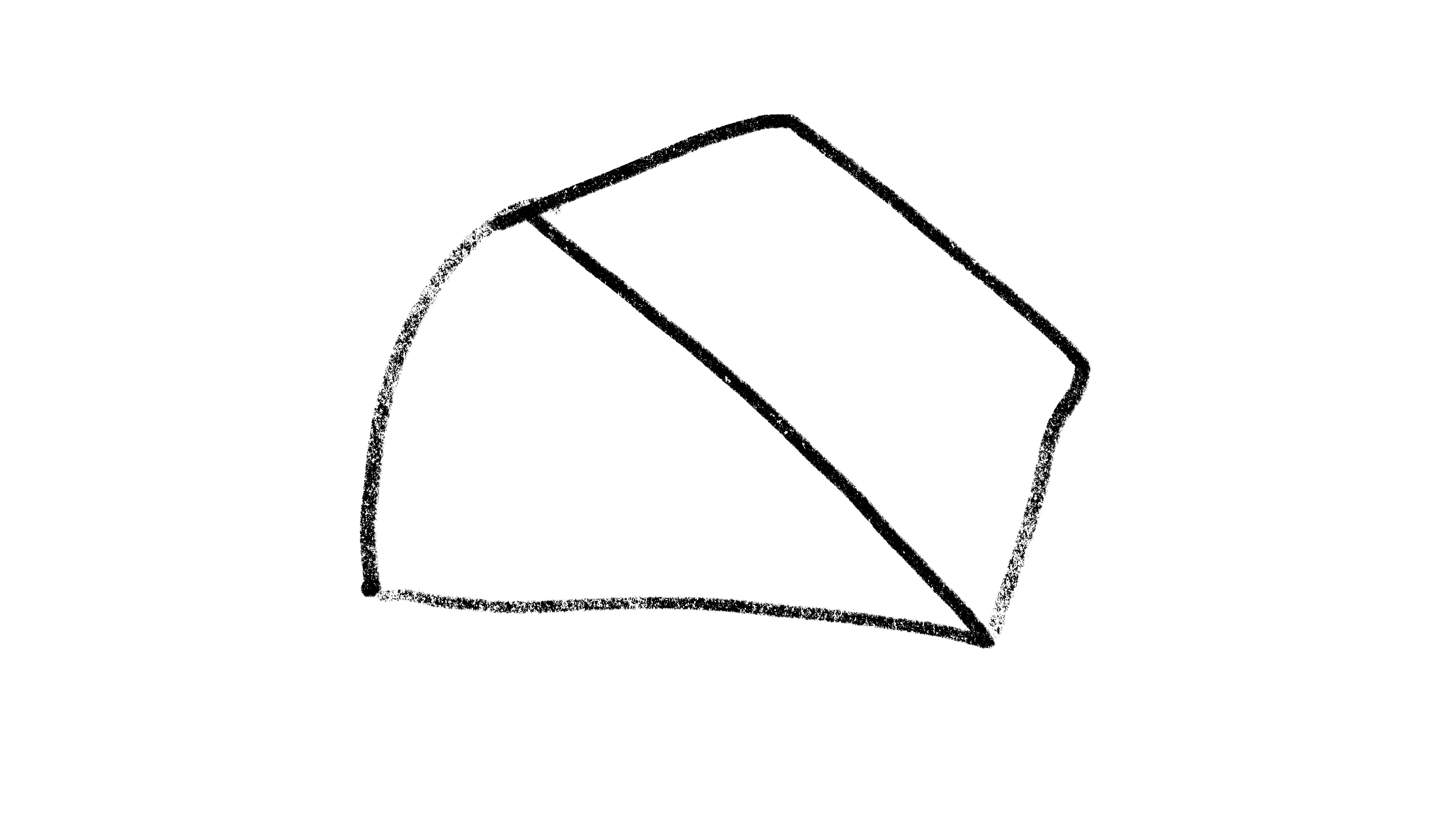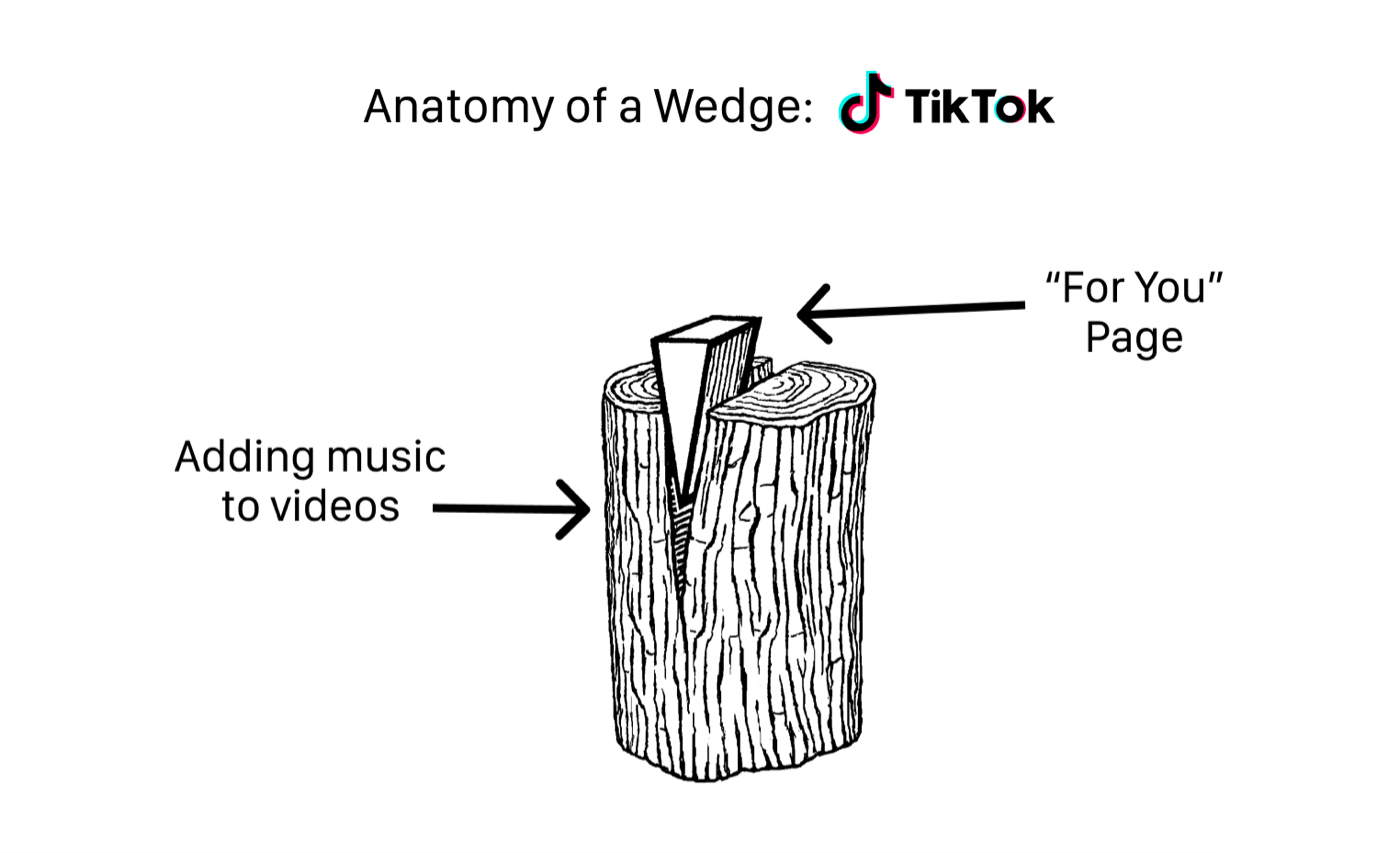This is a free preview of a subscribers-only post.
Most early-stage founders hit a wall in recruiting new customers, and when that happens there are two general approaches you can take:
The first is to double-down on marketing. Some swear by ads. Others will tell you to slap an “invite friends” button in your onboarding flow, or create FOMO with a waitlist. At my last startup, an investor suggested I hire someone to join hundreds of Facebook groups and post links to our product. Growth hacking!
These tactics can be effective when paired with the right product. But once the initial wave of post-launch customers subsides, one naturally wonders, “is the product right?”
Which leads to the second approach to increase growth, changing the product. Now, you might think I’m talking about pivoting your entire company, but that’s not it. Just because your product isn’t organically taking off doesn’t mean your entire idea is bad. Maybe you just didn’t find the right starting point. So what can be done? Instead of pivoting, consider sharpening the leading edge of your initial product into the shape of a wedge.
A wedge?
Yes, a wedge! In the physical world, wedges are used to concentrate a lot of force into a narrow point, which creates a mechanical advantage that’s useful for breaking into dense surfaces that are ordinarily impenetrable.
Like, for example, the mobile video market:
Before anyone cared about blowing up on the For You page, TikTok’s initial wedge into the market was they (and their precursor, Musically) were one of the first apps to make it easy to record a video on your phone that was set to music. Teenagers came for the tool, but then they ended up staying for the network—and brought us all along with them.This example (just one of forty-ish that we cover in this post) perfectly reflects the two core principles that make wedges work:
- Some value propositions are easier for new customers to adopt than others. To get someone to buy into the whole concept of a For You page, you need to educate people on what TikTok is and, realistically, they probably need to see several TikToks in the wild before they will be tempted to download the app. But if your friend used a tool to create a music video and sent it to you, you don’t need to learn anything.
- Some value propositions are easier for new companies to deliver than others. Even if you could get people to easily buy into the idea of the For You page, how are you going to get all the videos and data and machine learning algorithms you need to create a good experience? It’s just not possible on day one.
In other words, a wedge is a part of your early product that’s designed to help startups establish new customer relationships, by virtue of being easy to adopt and feasible for you to deliver on day one—before you have any advantages of scale like network effects, data, cash, etc. Features that make good wedges often don’t have much potential for power, in the Hamiltonian sense (i.e. they won’t support durable profitability) but, counter-intuitively, that’s actually the correct trade-off that most successful businesses often make in their early days.
The “thin edge of the wedge” strategy was initially popularized by Chris Dixon in 2010, and to me the most interesting thing about it is how almost every single successful company you can think of to some degree or another had a wedge, yet wedges are under-theorized and hardly mentioned in the traditional business school literature. Ask any entrepreneur and they’ll tell you that sequencing is one of the most important and challenging parts of starting a company, and yet there’s no solid theoretical foundation for how to sequence effectively.
In this article, we focus specifically on product wedges, but they’re not the only type of wedge. Look out for another big post on market wedges in the coming weeks.
So, here we go! This is the definitive list of product wedges you can apply to your business.
This is the end of the free preview of this post!
In the rest of the article, we cover the five types of product wedges:
- Come for the tool, stay for the network
- Come for the content, pay for the product
- Come for the curation, stay for the exclusives
- Come for low risk/reward, stay for high risk/reward
- Come for the prestige, stay for the price
Additionally, we cover the key principles that make wedges work (both demand-side wedges and supply-side wedges). This post is over 4k words long and covers nearly 40 examples!
If you want to read it, you'll need to be an Every subscriber. This is how we pay the bills to spend all our time creating this content! It's $1 for a two-week trial, then $200 per year after that, or $20 per month. You'll get access to everything in the Every bundle, including Napkin Math (finance), Cybernaut (internet culture), Almanack (defi/crypto), Means of Creation (creator economy), Superorganizers (productivity), Glassy (gender in tech), Free Radicals (leadership), and more.


